Prediction of Employee Promotion & Analyzing Factors that Affecting Promotions
Introduction:-
Employee promotion is a critical aspect of organizational growth and employee satisfaction. It serves as a tangible acknowledgment of an individual’s hard work, dedication, and competency, while also motivating others to strive for advancement. However, the process of promotion can often be opaque, leading to perceptions of unfairness or favoritism among employees. To address these concerns and optimize the promotion process, organizations are increasingly turning to data-driven insights.
In this blog, we delve into the fascinating world of employee promotion, leveraging data analysis to uncover key factors that influence promotion decisions within organizations. By examining a rich dataset containing information about employee demographics, performance metrics, and promotion outcomes, we aim to shed light on the intricate dynamics at play.
Through exploratory data analysis (EDA) and statistical techniques, we uncover patterns, correlations, and trends that offer valuable insights into the promotion process. From identifying the most influential factors to recommending actionable strategies for improvement, this blog serves as a roadmap for organizations seeking to enhance their promotion processes.
Join us on this journey as we unravel the mysteries of employee promotion and empower organizations to make informed, data-driven decisions that drive growth, fairness, and employee satisfaction.
Justifying the Dataset:-
The dataset appears to contain information about employees in an organization and the results of their promotions. It consists of several lines (items) that provide information about each employee's characteristics. Here is a detailed description of each column.
• employee_id — Unique ID for employee
• department — Department of employee
• region — Region of employment (unordered)
• education — Education Level
• gender — Gender of Employee
• recruitment_channel — Channel of recruitment for employee/sourcing (proactive searching for qualified job candidates for current or planned open positions)
• nooftrainings — number of other training completed in the previous year on soft skills, technical skills, etc.
• age — Age of Employee
• previousyearrating — Employee Rating for the previous year (1–5 / 1 min 5 max)
• lengthofservice — Length of service in years
• KPIs_met >80% — if Percent of KPIs (Key performance Indicators) >80% then 1 else 0
• awards_won? — if awards won during the previous year, then 1 else 0
• avgtrainingscore — Average score in current training evaluations — (1–100)
• is_promoted (Could be a Target variable) Recommended for promotion 0 (No), 1 (Yes)
Why this dataset?:-
The choice to use this dataset with a larger size of 54,809 rows and 14 columns can be justified by several important priorities, its larger amount of data offers a greater advantage over statistical analysis and provides large sample sizes that strengthen the robustness and reliability of any findings Rich data sets in terms of factors including f variables allow detailed analysis of the data This diversity is extremely valuable for analysis in-depth, including data visualization and machine learning models. Additionally, the “is_promoted” column of the dataset indicates its potential use in predicting employee promotion, etc., if there is an appropriate class balance in. Finally, the selection also depends on how the dataset and research-specific questions, business objectives, or hypotheses. If it meets these criteria and exhibits good data quality, then choosing a third dataset is an appropriate decision. However, further research and preprocessing of data as necessary to ensure the adequacy of standardized research, is needed.


Exploratory Data Analysis (EDA):-
Before delving into the specifics of employee promotion dynamics, it’s essential to gain a comprehensive understanding of the dataset through exploratory data analysis (EDA). This phase involves summarizing the main characteristics of the data, identifying patterns and trends, and exploring potential relationships between variables.
- Data Overview:- Begin by examining the structure and content of the dataset. This includes reviewing the number of observations (rows) and variables (columns), as well as understanding the data types and any missing values.

- Descriptive Statistics:- Calculate summary statistics such as mean, median, standard deviation, minimum, and maximum values for numerical variables. This provides insights into the central tendency and variability of the data.
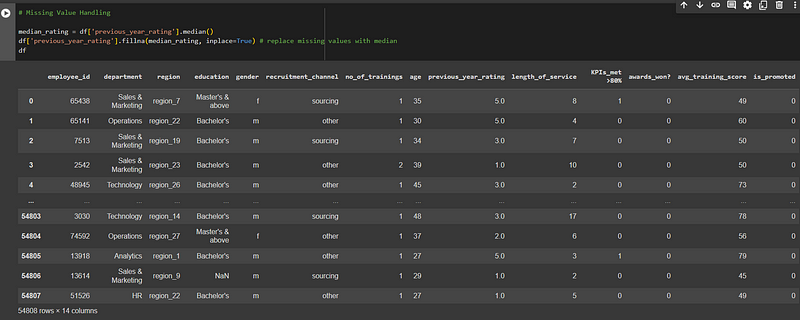
- Visualization:- Create visualizations to illustrate the distribution of key variables using histograms, box plots, and density plots. Visualizations help identify outliers, skewness, and other patterns that may not be apparent from summary statistics alone.
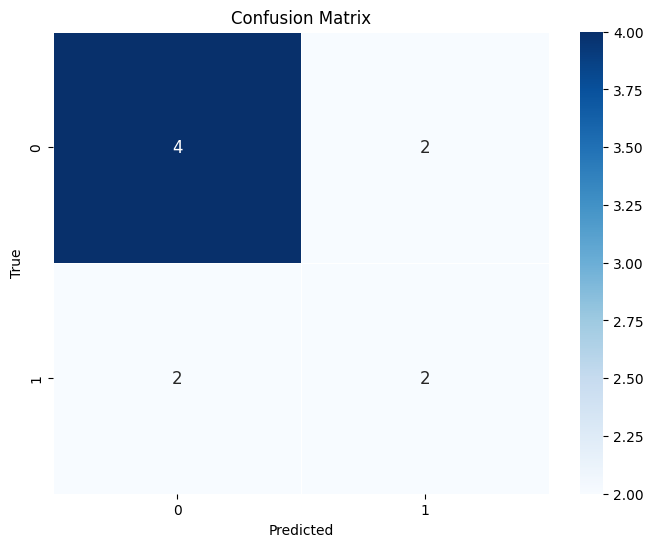
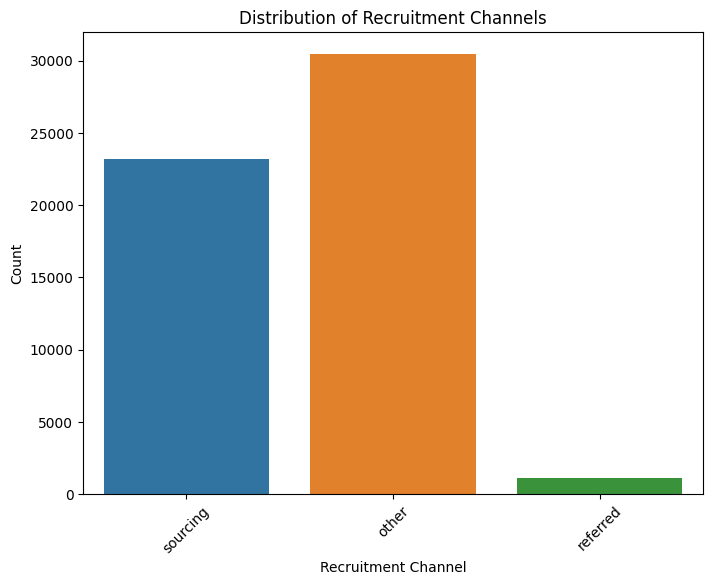
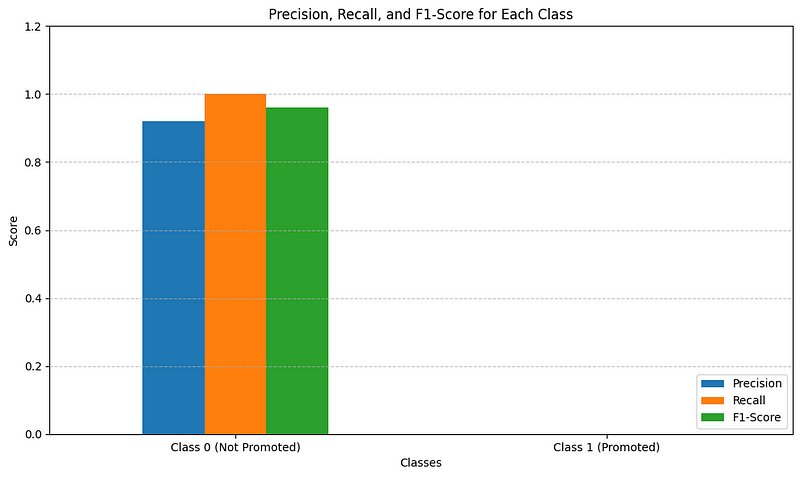
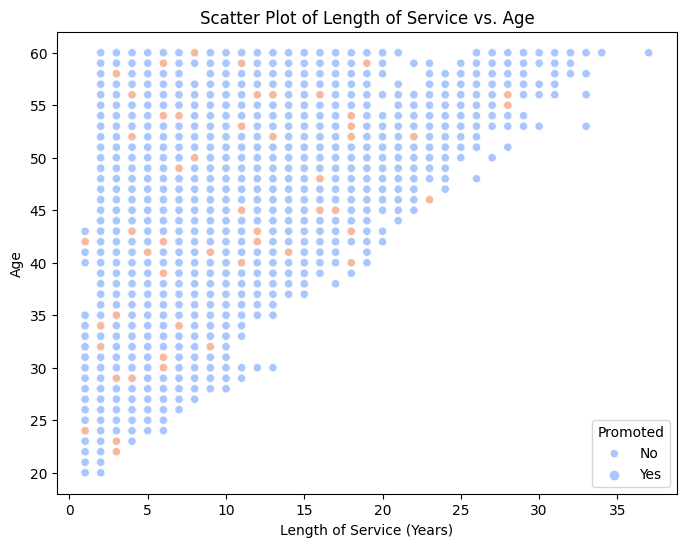
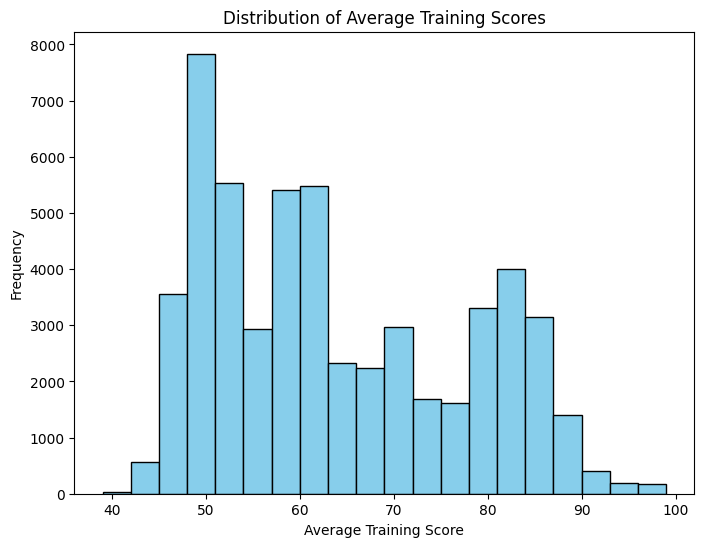
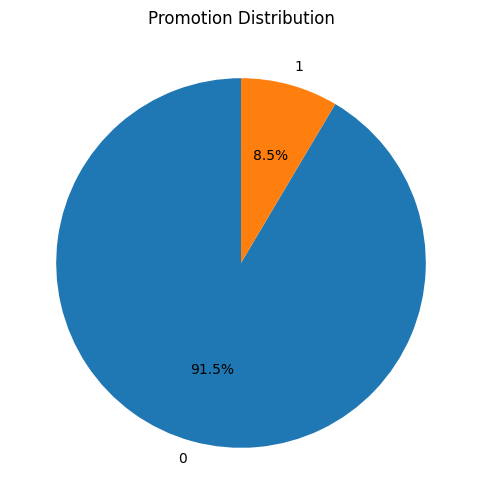
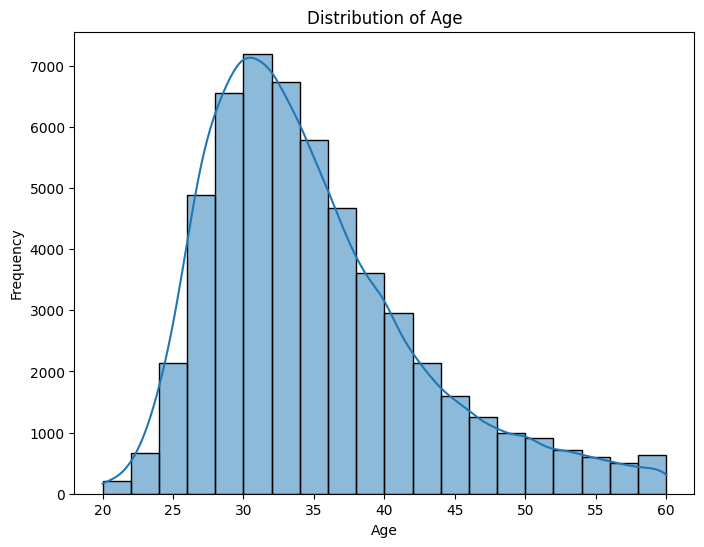
- Correlation Analysis:- Explore the relationships between variables by calculating correlation coefficients. This helps identify potential predictors of employee promotion and understand how different features interact with each other.
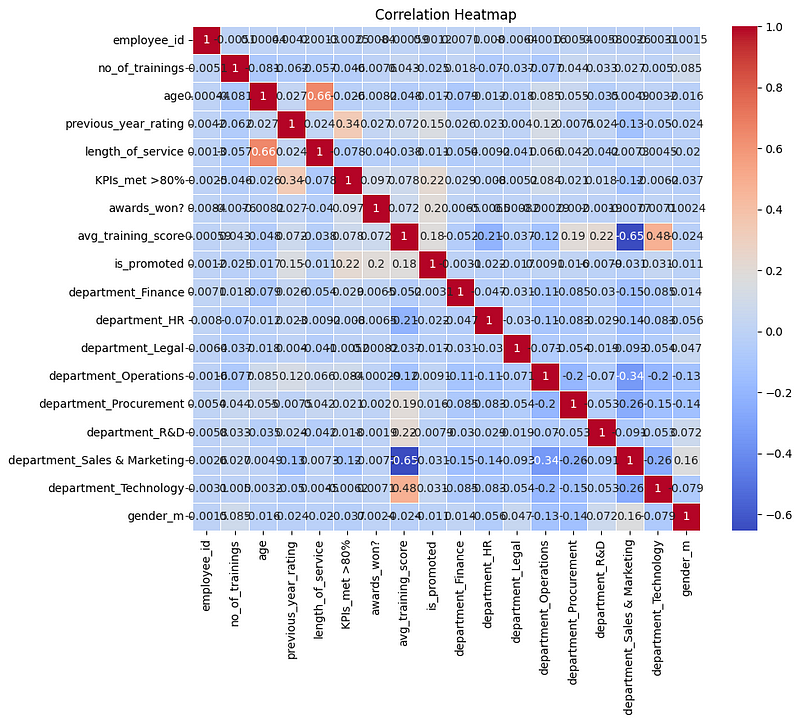
By conducting thorough exploratory data analysis, we can gain valuable insights into the underlying structure of the data and lay the groundwork for more advanced analyses and modeling techniques. Through visualizations and statistical summaries, we aim to uncover meaningful patterns and relationships that will inform our subsequent analyses and recommendations for optimizing the promotion process.
Machine Learning for Employee Promotion:-
Machine learning offers powerful tools to understand and predict employee promotion dynamics. By analyzing historical data on employee characteristics and promotion outcomes, machine learning models can identify patterns and factors influencing promotion decisions. Through feature selection, model training, evaluation, and interpretation, organizations can develop predictive models to automate and optimize the promotion process. These models provide valuable insights into promotion dynamics and assist decision-makers in making data-driven promotion decisions.

Recommendations:-
Based on the insights gained from the exploratory data analysis and our understanding of the factors influencing employee promotion, we propose the following recommendations to enhance the promotion process within the organization:
Performance Improvement Plans:- Implement tailored performance improvement plans for employees who have not met key performance indicators (KPIs) or received low ratings in the previous year. Provide targeted training and development opportunities to help these employees improve their skills and competencies.
Training and Development Initiatives:- Invest in comprehensive training and development programs to upskill employees and enhance their readiness for promotion. Offer a variety of training opportunities, including technical skills development, leadership training, and soft skills workshops.
Gender Equality Initiatives:- Implement gender equality initiatives to ensure fairness and equity in the promotion process. Monitor promotion rates across gender categories and address any disparities through targeted interventions, such as mentorship programs or unconscious bias training.
Recruitment Strategies:- Evaluate the effectiveness of different recruitment channels in facilitating promotions. Focus on sourcing candidates from diverse backgrounds and skill sets to ensure a robust talent pipeline for future promotions.
Employee Recognition Programs:- Establish employee recognition programs to acknowledge and reward outstanding performance and achievements. Recognize employees who have consistently met or exceeded performance expectations, achieved significant milestones, or contributed to the success of the organization.
Retention Strategies:- Develop retention strategies to retain top talent and reduce turnover rates among high-performing employees. Provide opportunities for career growth and advancement, competitive compensation and benefits, and a positive work environment that fosters employee engagement and satisfaction.
Regular Performance Reviews:- Conduct regular performance reviews and feedback sessions to assess employee progress and provide constructive feedback on areas for improvement. Use performance data to inform promotion decisions and ensure transparency and fairness in the process.
Continuous Monitoring and Evaluation:- Continuously monitor and evaluate the effectiveness of promotion strategies and initiatives. Collect feedback from employees and managers to identify areas for improvement and make data-driven adjustments to promotion policies and practices.
By implementing these recommendations, organizations can create a more transparent, equitable, and effective promotion process that fosters employee growth, satisfaction, and organizational success. Through ongoing evaluation and refinement, organizations can continuously improve their promotion practices and cultivate a culture of excellence and opportunity for all employees.
Implementation Strategies:-
Stakeholder Engagement:- Involve HR professionals, managers, and employees in the promotion strategy development process to ensure alignment with organizational goals.
Clear Communication:- Communicate promotion criteria and processes to all stakeholders to foster understanding and transparency.
Training and Development:- Provide training to employees and managers on fair assessment practices and offer development opportunities to enhance promotion readiness.
Performance Measurement:- Establish metrics to track promotion effectiveness and regularly evaluate progress to identify areas for improvement.
Continuous Improvement:- Foster a culture of learning and adaptation, incorporating feedback and refining promotion strategies over time.
Recognition and Rewards:- Recognize and reward individuals and teams who contribute to the success of promotion initiatives to reinforce positive behaviors.
Leadership Support:- Secure leadership buy-in and commitment to promote fairness and equity in the promotion process. Leadership endorsement encourages adherence to promotion practices across the organization.
Conclusion:-
The effective implementation of promotion strategies is crucial for fostering employee growth, satisfaction, and organizational success. By engaging stakeholders, communicating, investing in training and development, measuring performance, embracing continuous improvement, recognizing contributions, and securing leadership support, organizations can create a promotion process that is fair, transparent, and aligned with their values and objectives.
Ultimately, a well-executed promotion strategy not only enhances employee morale and retention but also strengthens the organization’s talent pipeline and competitive advantage in the marketplace. It fosters a culture of meritocracy, where employees are rewarded based on their contributions and potential, driving innovation, productivity, and overall organizational performance.
As organizations continue to evolve and adapt to changing workforce dynamics and market demands, the commitment to effective promotion practices remains paramount. By prioritizing employee development and advancement opportunities, organizations can cultivate a high-performing workforce that drives sustainable growth and success in the long run.
If you’re interested in delving deeper into the project, feel free to check out the GitHub Repository. There, you’ll find the complete code, datasets, and additional resources related to the project. You can also contribute to the project by providing feedback, suggesting improvements, or even adding new features. Happy coding!
If you have any suggestions for improving the project or spot any bugs, feel free to open an issue on the GitHub repository. Additionally, if you’d like to contribute directly to the project, you can fork the repository, make your changes, and submit a pull request. Your contributions are greatly appreciated and help make the project better for everyone!

